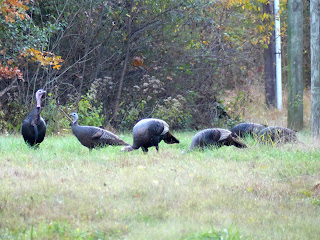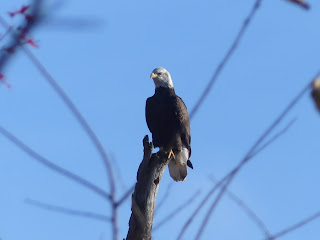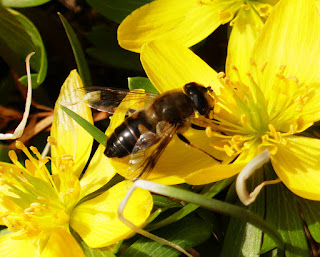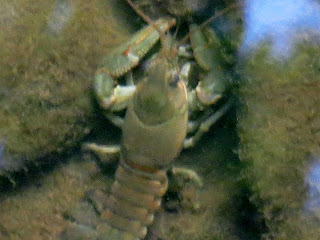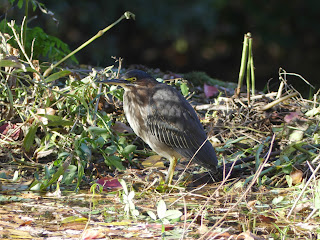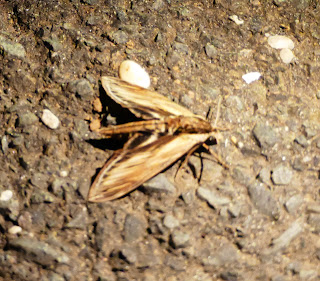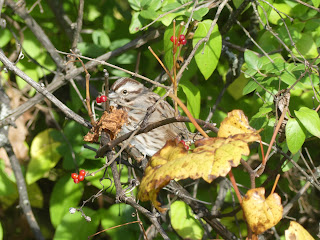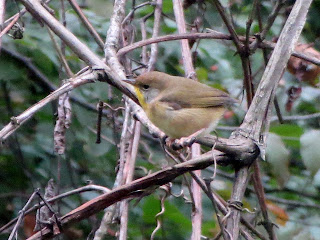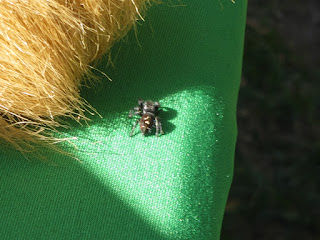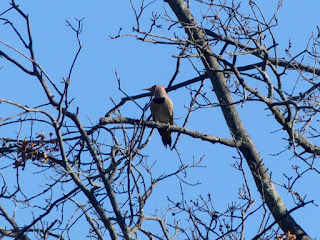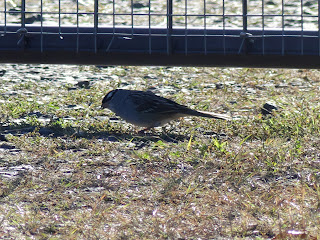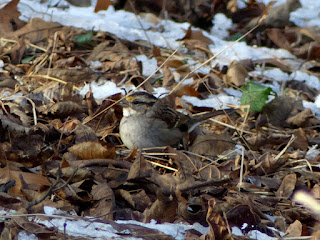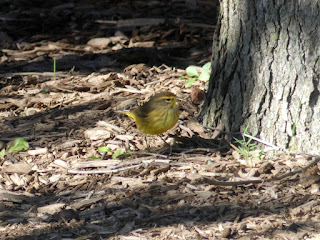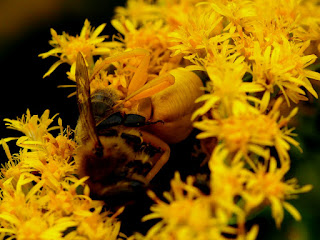One or Two American Kestrels

Last November I spotted 2 American Kestrels . Or did I spot 1 American Kestrel twice? It's difficult to say. Butterflies sometimes have wing damage that can differentiate them. With birds though a damaged wing is more likely to be fatal. Sometimes a bird will have unusual plumage that can be used to differentiate them, but on an overcast day and quite a bit of distance between me and the bird(s) I can't really tell you if these are pictures of the same bird or not. My impression is that this is a popular area for American Kestrels - I've seen them here before and know that they nest in the area - so seeing multiple kestrels wouldn't be surprising. If they were uncommon I would be more inclined to think they were the same bird. The sightings were in somewhat different locations since I was walking, so it's not like the birds were in virtually the same spot. The sightings were 17 minutes apart; a kestrel could easily have flown from the 1st spot to the 2nd. Ultimatel...

